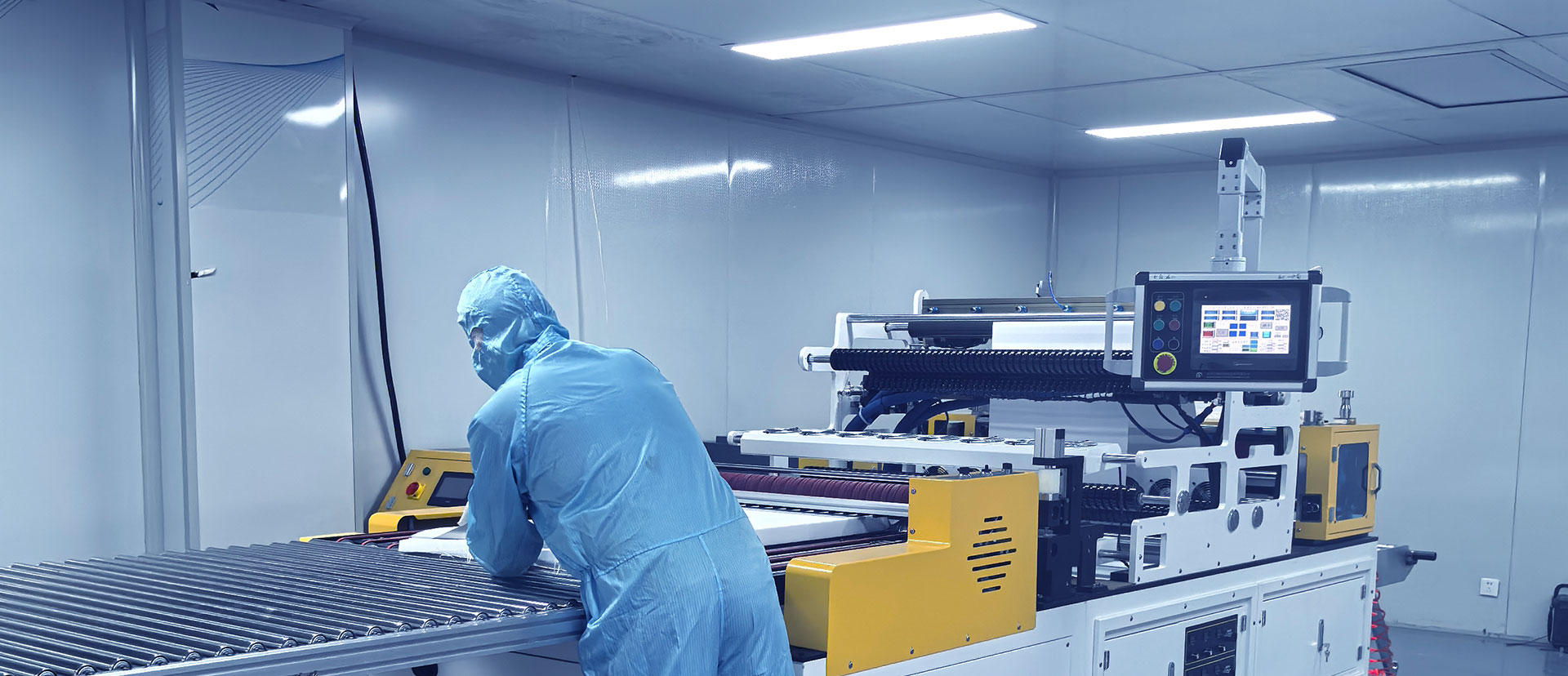Boben | Global Leader in Cleanroom Equipment& HEPA Filtration
Boben | Global Leader in Cleanroom Equipment& HEPA Filtration

An HEPA air inlet is an ideal terminal filtration device for Class 1,000, 10,000, and 100,000 cleanroom air conditioning systems. It is widely used in cleanroom air conditioning systems in the pharmaceutical, health, electronics, and chemical industries.
1、什么是高效送风口?
2、高效送风口的核心功能与特点
3、高效送风口的主要类型
4、高效送风口的核心结构与工作原理
5、高效送风口的常规尺寸
6、高效送风口的应用领域
7、高效送风口的安装与维护
8、高效送风口与普通送风口的区别
HEPA air inlet, high efficiency air inlet, HEPA box
An HEPA air inlet is a specialized accessory device for installing a high-efficiency filter at the end of a purification system.
An HEPA air inlet is an ideal terminal filtration device for Class 1,000, 10,000, and 100,000 cleanroom air conditioning systems. It is widely used in cleanroom air conditioning systems in the pharmaceutical, health, electronics, and chemical industries. It is used as a terminal filtration device for the renovation and construction of cleanrooms ranging from Class 1,000 to Class 300,000, and is a key component in meeting purification requirements. An HEPA air inlet includes a static pressure box, diffuser, and HEPA filter. It can be connected to the air duct from the top or side.
| Type | Features | Application |
| Top supply type | Ceiling installation, vertical downward air supply, large coverage area | Clean rooms, operating rooms, electronics factories |
| Side supply type | Wall installation, horizontal air supply, suitable for spaces with limited floor height | Laboratories, isolation wards |
| With diffuser plate type | Install a multi-hole flow plate to make the wind speed more uniform (0.35-0.5m/s) | Unidirectional flow clean area (such as Class A filling line) |
| Adjustable air volume type | Equipped with Venturi valve or electric air valve to adjust the air volume in real time | Variable Air Volume (VAV) |
Material: 304 stainless steel (corrosion-resistant), galvanized steel (economical).
Seal: Polyurethane foam or silicone strips to prevent leaks (PAO leak detection ≤ 0.01%).
HEPA H13-H14 or ULPA U15 (reduces resistance).
Flow-equalizing membrane (aluminum foil/nylon mesh) or porous diffuser to ensure even air distribution.
Flange interface (for connection to duct), differential pressure gauge, and inspection light (optional).
| Comparison Items | HEPA air inlet | Ordinary air inlet |
| Filtration efficiency | H13-H14 grade (≥99.95%@0.3μm) | No filtration or primary filtration (G4 grade) |
| Airflow organization | Laminar flow, uniform wind speed | Turbulence, uneven wind speed |
| Cleanliness level | Up to ISO Class 5 (Class 100) | Only suitable for normal air-conditioned areas |
| Cost | Higher (including HEPA and flow-balanced design) | Low |